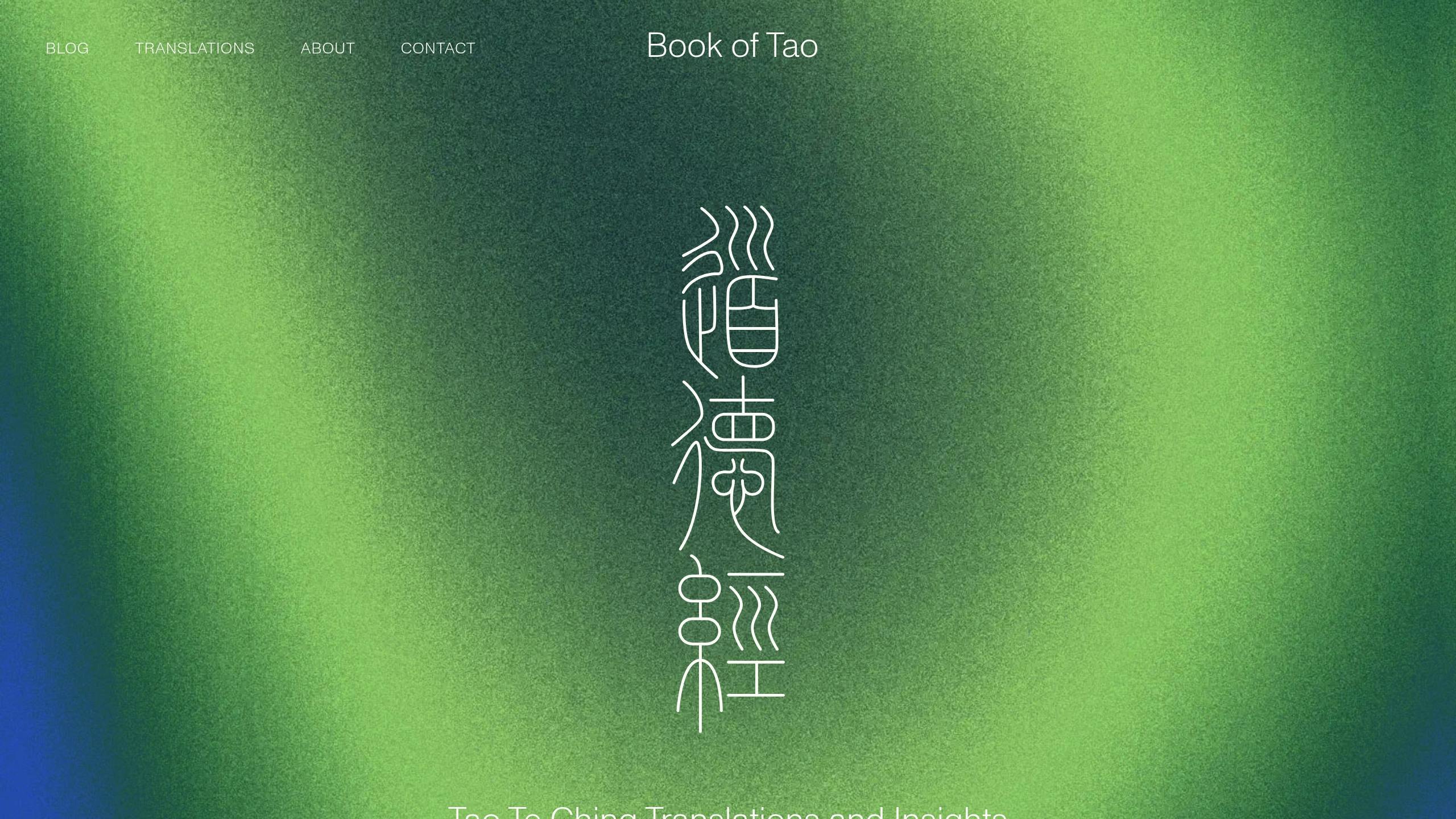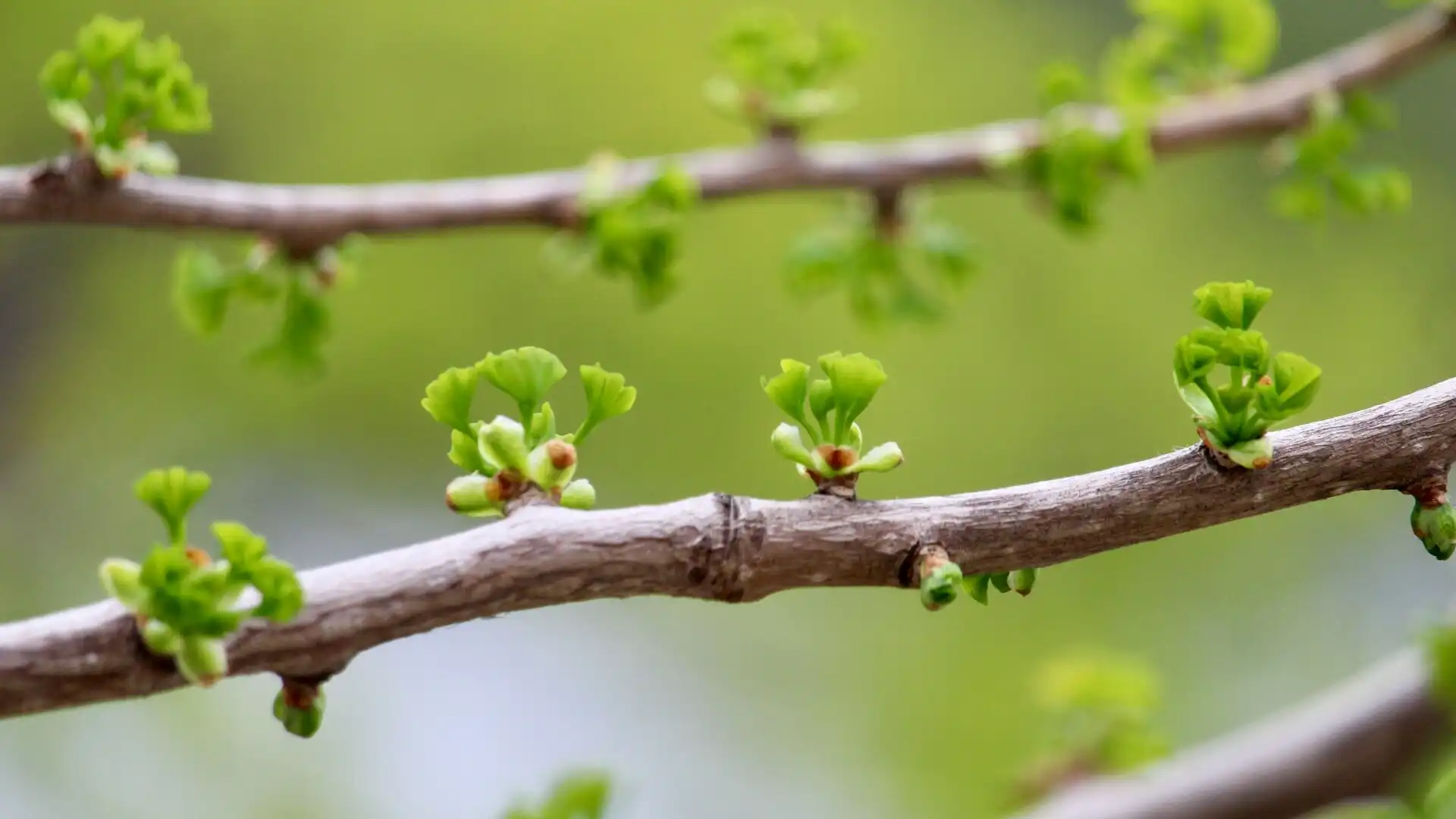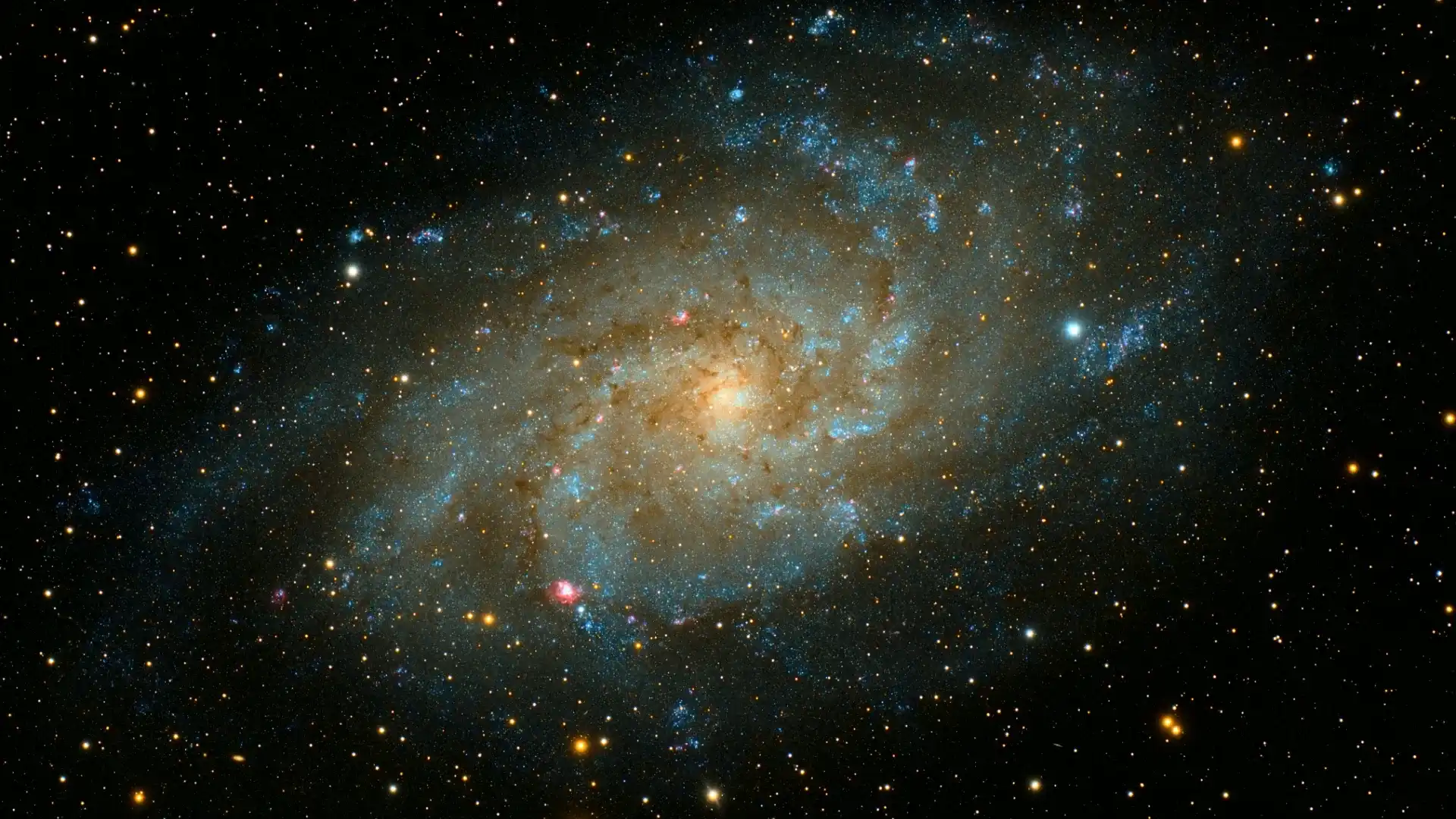Taoist cosmology offers a unique view of the universe, focusing on harmony, natural cycles, and interconnected forces. Here's a quick summary of the key ideas:
- The Tao: The origin of all things, not a creator but an eternal force from which everything emerges.
- Yin and Yang: Opposing yet complementary forces that maintain balance in the universe.
- Five Elements (Wu Xing): Wood, Fire, Earth, Metal, and Water represent cycles of transformation in nature and life.
- Time as Cyclical: Unlike linear Western concepts, Taoism sees time as a repeating cycle tied to nature's rhythms.
- Universal Flow: Practices like meditation, Feng Shui, and inner alchemy help align individuals with the natural flow of the universe.
The Tao as the Source
The Tao: Origin of All Things
In Taoist cosmology, the Tao isn't viewed as a creator in the traditional sense but as an eternal and limitless pattern from which everything originates . This universal force serves as the foundation of existence, a concept beautifully articulated in the opening lines of the Tao Te Ching:
"Tao called Tao is not Tao. Names can name no lasting name. Nameless: the origin of heaven and earth. Naming: the mother of the ten thousand things"
Rather than relying on divine intervention, the Tao emphasizes the natural flow and spontaneous emergence of all things.
The State Before Division
Taoist philosophy also describes a state of undivided potential that existed before duality emerged. This state, called Taiji ("Supreme Ultimate"), represents the unity from which yin and yang arise . Within this primordial state lies yuanqi ("Primordial Breath"), the original life force that eventually separated to form heaven and earth .
The process of creation unfolds in four stages:
| Stage | Description | Manifestation |
|---|---|---|
| Wuji | Primordial void | State of non-differentiation |
| Taiji | Supreme Ultimate | Concentrated cosmic unity |
| Yin-Yang | Dual forces | Division into heaven and earth |
| Wu Xing | Five phases | Material manifestation |
At its core, qi, the fundamental essence of existence, organizes itself through the interplay of yin and yang, giving rise to the "ten thousand things" - a Taoist term for the diversity of the universe . This dynamic process is divided into two states: Preheaven (Sin Tin), the state of existence before time, and Postheaven (Hau Tin), the tangible universe we experience .
"Tao is empty- Its use is never exhausted Bottomless- the origin of all things... Deeply subsistent- I don't know whose child it is. It is older than the Ancestor"
Time Cycles in Taoism
Circle vs. Line: Two Views of Time
In Taoism, time is seen as a cycle rather than a straight line, contrasting with the Western concept of linear time. This perspective emphasizes the balance of opposites, where endings naturally lead to new beginnings . For example, night isn't the conclusion of a day - it's the start of a new cycle. Similarly, death isn't viewed as a final end but as a transformation into another form of existence. Lao Tzu captures this idea perfectly:
"Returning is the motion of the Tao. Yielding is the way of the Tao."
This cyclical understanding helps ease fears about mortality by connecting human life to the natural rhythms of the universe . It also lays the foundation for exploring the universe's repeating patterns.
Natural Cycles of the Universe
Building on this concept, Taoism teaches that the universe operates through interconnected cycles, influencing everything from cosmic events to daily life . By understanding these patterns, practitioners can better align themselves with the natural flow. Some of the key cycles include:
| Cycle Type | Manifestation | Significance |
|---|---|---|
| Seasonal | Spring, Summer, Autumn, Winter | Phases of birth, growth, harvest, and rest |
| Celestial | Day and Night | The balance between Yang (active) and Yin (passive) |
| Elemental | Five Phases: fire, earth, metal, water, wood | Continuous transformation of energies |
| Cosmic | Creation and Dissolution | A return to the universe's original unity |
The Five Phases - or Wu Xing - illustrate the Taoist idea of constant change. Fire, earth, metal, water, and wood transform into one another in a never-ending cycle, reflecting the harmony underlying all things . The Tao Te Ching explains this beautifully:
"Tao engenders One, One engenders Two, Two engenders Three, Three engenders the ten thousand things. The ten thousand things carry shade and embrace sunlight. Shade and sunlight, yin and yang. Breath blending into harmony."
The Yin Yang: Meaning & Philosophy Explained
sbb-itb-4c1eb9b
Core Laws of the Universe
The core principles of the universe describe how forces work together to maintain balance and order.
Yin-Yang Balance
In Taoist cosmology, yin and yang are two interconnected forces that arise from the Tao itself . Yin represents a receptive, cooling energy, while yang embodies an active, warming force. These two cannot exist independently - they rely on each other.
For example, yang rises to form the heavens, while yin sinks to create the earth . This interplay is reflected in nature:
| Quality | Yin | Yang |
|---|---|---|
| Time | Night, Winter | Day, Summer |
| Dynamics | Contractive, Inward | Expansive, Outward |
| Temperature | Cool | Warm |
"The true person of Tao", he writes, "is not always looking for right and wrong, not always deciding 'yes' or 'no'. The true person has no mind to fight Tao and does not try by her own contriving to help Tao along. All that comes out of her comes quiet, like the four seasons."
This balance ensures that when one force reaches its peak, it naturally transitions into its opposite . This dynamic also influences the elemental forces that shape the natural world.
The 5 Elements System
Building on the yin-yang concept, the universe also organizes itself through the five elements: Wood, Fire, Earth, Metal, and Water. This system, dating back to the Warring States period (475–221 BCE), explains how these elements interact and influence life .
Each element corresponds to specific aspects of existence:
| Element | Season | Quality | Sense |
|---|---|---|---|
| Wood | Spring | Growth | Sight |
| Fire | Summer | Expansion | Speech |
| Earth | Late Summer | Stability | Taste |
| Metal | Fall | Contraction | Smell |
| Water | Winter | Storage | Hearing |
"The five elements demonstrate how all aspects of human health, [like] diet, movement, and emotions, are interconnected with nature and our environment."
The elements interact through two main cycles: Creation - where one element supports the next (e.g., Water nourishes Wood), and Control - where they keep each other in check .
Using Taoist Principles Today
Modern life often pulls us away from the natural rhythms of the universe. Taoist practices provide tools to help restore balance and reconnect with these larger patterns.
Meditation and Universal Flow
Taoist meditation offers a way to align with the flow of the cosmos. Unlike Buddhist traditions that use crossed-leg postures, Taoist meditation encourages sitting with uncrossed legs to promote the flow of chi (energy) .
This form of meditation focuses on clearing the mind, syncing the breath with the body’s energy, and observing one's inner self to tap into natural wisdom. Here’s a simple way to get started:
- Relax your muscles completely and sit upright with your legs uncrossed to open energy channels.
- When thoughts arise, acknowledge them without clinging to them. As Chuang Tzu said, "Rest is conducive to a patient's recuperation... Tranquility can cure a man of nervousness" .
- Focus on your breathing until it becomes soft and steady, allowing your mind and energy to harmonize .
Feng Shui Basics
Feng Shui translates Taoist ideas into the arrangement of living spaces, aiming to balance energy flow. One method involves using colors tied to the five elements: green for wood, red for fire, yellow for earth, white for metal, and blue for water. These colors can improve the energy, or chi, in your home .
Another key principle is placing furniture in a "commanding position" - where you can see the door without being directly in line with it. This setup promotes a sense of security and better energy circulation .
Inner Alchemy Methods
Inner alchemy builds on meditation and energy work, offering a deeper path for personal growth. Rooted in practices from the 8th century, it focuses on refining the "Three Treasures": Jing (essence), Qi (energy), and Shen (spirit).
"To attain immortality, there is nothing else but the refinement of these three treasures: essence, energy, spirit" .
Practical steps for inner alchemy include:
- Practicing Qigong daily to heighten your sensitivity to energy.
- Using Cosmic Orbit meditation to align with the earth and the universe.
- Living ethically to strengthen your connection with Wu Chi (the infinite void) .
These Taoist techniques offer ways to integrate universal harmony into daily life, making ancient wisdom relevant today.
Conclusion
Insights on Time and Space
Taoist cosmology offers a refreshing perspective on time, viewing it as circular rather than linear. This cyclical approach helps ease concerns about time and mortality, presenting a deeper understanding of the universe beyond standard measurements. Zhuangzi captures this idea beautifully:
"The Dao has reality yet no place where it resides; it has duration yet no beginning or end. Something emerges, though through no aperture – this refers to the fact that it has reality. It has reality, yet there is no place where it resides – this refers to the dimension of space. It has duration but no beginning or end – this refers to the dimension of time … The 10,000 things come forth from non-being. Being cannot create being out of being; inevitably it must come forth from non-being."
According to Taoist thought, the universe moves according to natural rhythms rather than human-made systems. By seeing time as part of our connection with the Dao, we can move beyond its constraints and adopt a more flexible view of existence.
Exploring Further with Book of Tao

If you're curious to explore these ideas further, Taoist cosmology offers practical insights for modern living. Its influence extends to areas like meditation, feng shui, and internal alchemy - practices that encourage qualities such as simplicity, humility, and harmony with nature. These teachings are especially relevant in today’s fast-paced world . A great starting point is the Book of Tao (bookoftao.com), which provides resources on Taoist philosophy, including translations of the Tao Te Ching and articles on mindfulness and simplicity.
The wisdom of Taoist cosmology reminds us that real understanding comes not from controlling time and space but from aligning ourselves with the natural flow of the universe .
.webp)





